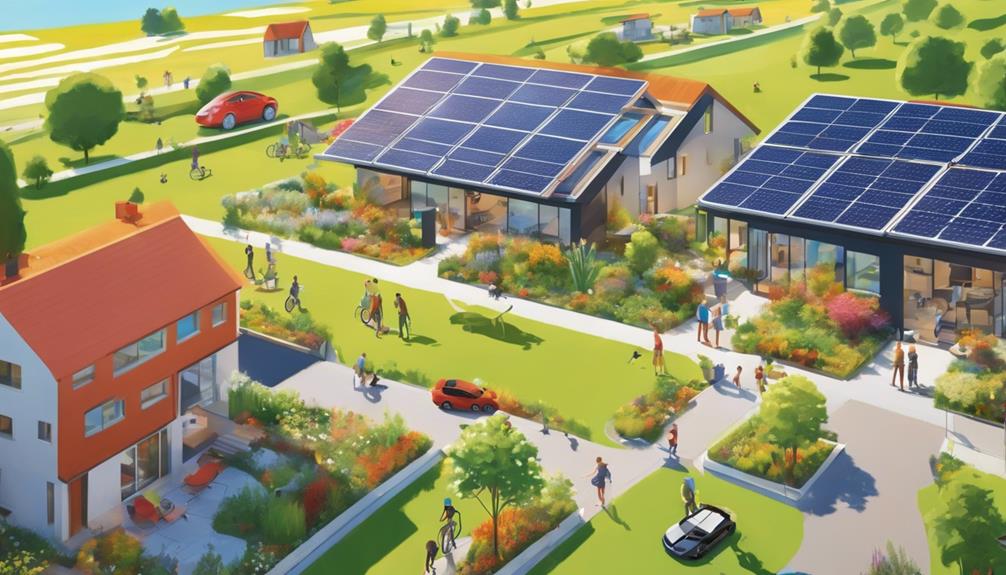
In recent years, solar energy has emerged as a sustainable alternative to traditional energy sources. One innovative way to harness solar power is through solar panel carports. This blog post will explore the ins and outs of solar panel carports, their benefits, installation processes, and how they can contribute to a greener future.
What is a Solar Panel Carport?
A solar panel carport is a structure designed to provide shelter for vehicles while simultaneously harnessing solar energy. It consists of a roof supported by columns, and solar panels are mounted on top to capture sunlight. This dual-purpose structure not only protects your vehicle from weather elements like rain, snow, and sun but also generates renewable energy that can be used for various applications, including charging electric vehicles or powering your home. The rising popularity of solar panel carports stems from their practicality and efficiency in utilizing otherwise wasted space.
Benefits of Installing a Solar Panel Carport
One of the most significant advantages of installing a solar panel carport is the ability to generate clean, renewable energy. By converting sunlight into electricity, homeowners can reduce their reliance on fossil fuels, lower their energy bills, and contribute to environmental sustainability. Additionally, solar panel carports often come with the added benefit of providing shade and protection for vehicles, which can help in extending the lifespan of your car by shielding it from harmful UV rays and extreme weather conditions. Furthermore, solar panel carports can increase property value, making them a wise investment for homeowners looking to enhance their property’s appeal.
How Solar Panel Carports Work
Solar panel carports work in a straightforward manner. The solar panels installed on the roof of the carport capture sunlight and convert it into electricity using photovoltaic cells. This electricity can be used to power your home appliances, charge electric vehicles, or be fed back into the grid, depending on your local regulations and setup. Most solar panel carports are equipped with inverters that convert the direct current (DC) generated by the solar panels into alternating current (AC), which is suitable for use in homes. The energy generated can significantly offset utility costs, making solar panel carports an attractive option for energy-conscious consumers.
Installation Process of Solar Panel Carports
Installing a solar panel carport involves several key steps. First, you’ll need to choose a suitable location that receives ample sunlight throughout the day. Next, you should consult with a professional solar installer to design a carport that meets your specific needs and complies with local building codes. The installation process typically includes constructing the carport frame, mounting the solar panels, and connecting the system to your electrical service. While some homeowners may consider a DIY approach, hiring professionals ensures that the installation is done correctly and safely, maximizing the performance and longevity of your solar panel carport.
Costs Associated with Solar Panel Carports
The cost of installing a solar panel carport can vary significantly based on several factors, including size, design, location, and the type of solar panels used. On average, homeowners can expect to spend anywhere from $5,000 to $20,000 for a solar panel carport system. While these upfront costs might seem steep, it’s essential to consider the long-term savings on energy bills and potential tax incentives that can offset the initial investment. Additionally, many states offer rebates and incentives for solar energy installations, making solar panel carports more accessible to a broader audience.
Maintenance Tips for Solar Panel Carports
Maintaining a solar panel carport is relatively straightforward. Regular cleaning of the solar panels is essential to ensure optimal performance, as dirt and debris can block sunlight and reduce energy production. Homeowners should aim to clean their panels at least once or twice a year, although more frequent cleaning may be necessary in dusty areas. Additionally, it’s wise to inspect the carport structure regularly for any signs of damage or wear, including the roof and support columns. Scheduling periodic professional inspections can help identify potential issues before they become costly repairs, ensuring that your solar panel carport remains in excellent condition for years to come.
Environmental Impact of Solar Panel Carports
The environmental benefits of solar panel carports are significant. By generating clean energy, these structures help reduce greenhouse gas emissions and dependence on fossil fuels, contributing to a more sustainable future. Moreover, solar energy production has a minimal environmental footprint compared to traditional energy sources. Additionally, solar panel carports can help mitigate urban heat island effects by providing shade and reducing the need for air conditioning in nearby buildings. As more homeowners adopt solar panel carports, the cumulative impact on the environment can lead to substantial reductions in carbon emissions and a positive shift toward renewable energy solutions.
Conclusion: Embrace the Future with Solar Panel Carports
In conclusion, solar panel carports represent a smart and practical investment for homeowners looking to embrace renewable energy. With their ability to generate clean electricity, provide vehicle protection, and enhance property value, it’s no wonder that they are becoming increasingly popular. By understanding the benefits, installation process, and maintenance required for solar panel carports, you can make an informed decision that aligns with your sustainable living goals. As we move toward a greener future, adopting solar energy solutions like solar panel carports is a step in the right direction. If you’re considering making the switch, consult with a local solar energy expert to explore your options and take the first step toward a more sustainable lifestyle.





